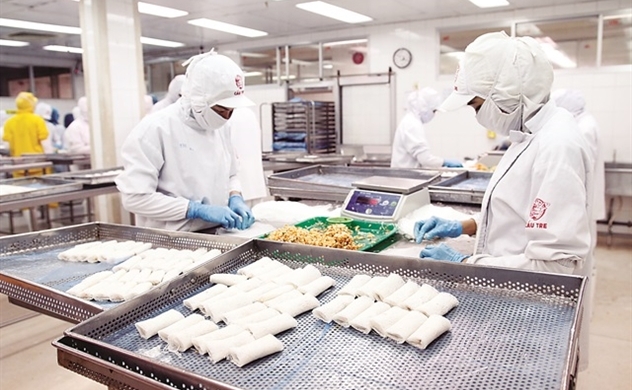Vietnam's eight-month rice export hits 6 mln tons, up 20%
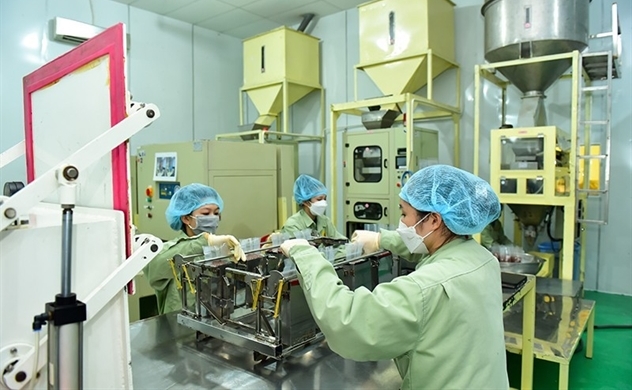
Photo by NDO.
The Philippines, China, Indonesia, and Ghana were the top importers of Vietnamese rice during the time period under review, with some markets seeing an increase of over 15-fold.
Vietnam's rice exports are expected to climb for the rest of the year, thanks to a large number of orders from numerous new countries. However, exporters are concerned about a lack of input materials as a result of the increased worldwide demand. Economists predict that domestic and global rice prices will rise.
Despite being one of the world's top rice exporters, experts recommended that Vietnam focus on addressing both short- and long-term issues, such as food security, and promoting the benefits of the rice industry.
Vietnam maintains 7.1 million hectares of rice farms each year, with an output of 43–43.5 million tons. The area will expand as conditions are good for prices in the market, said Deputy Minister of Agriculture and Rural Development Hoang Trung.
The official emphasized the importance of fostering links between businesses and farmers in order to develop production chains and material areas, assuring harmony between production and selling.
In the first seven months of 2023, Vietnam exported 4.83 million tons of rice valued at over $2 billion. Vietnam is forecast to export 7.5 million tonsf rice in 2023, with a total output of 43.1 million tonnes. Thus, 2.67 million tonnes of rice will be exported in the last months.
Expert Vu Vinh Phu estimated that rice exports increased by 15-20% in value and output over the past seven months, which is good news for businesses and farmers. This is another positive sign that will help the economy till the end of the year, especially in this difficult environment.
Phu noticed rice speculating and profit-taking. This exploits the market to raise rice prices excessively. Rice is an essential commodity that makes up the consumer price index basket. A quick rice price increase will raise prices in many other commodities. Controlling the rice spike is crucial to minimize its effects on humans.
The Vietnam Food Association and traders were recently asked by the Ministry of Industry and Trade to follow Government Decree No.107/2018/ND-CP on rice export. The requirement to maintain a reasonable reserve level and balance export and domestic consumption helps stabilize rice prices in the domestic market.
Local market management forces are also instructed to work with local authorities to monitor rice prices and check wholesale and retail companies to control rice supply and prices and prevent speculation, hoarding, price gouging, and transporting and trading rice of unknown origin.
According to Assoc. Prof. Dr. Ngo Tri Long, India's rice export ban and Thai farmers' drought-related advice to restrict rice planting have directly affected world rice prices. Global export rice prices have risen, raising rice prices in many countries. However, supermarket and price stabilisation shop rice prices in Vietnam have remained stable.
Assoc. Prof. Dr. Dinh Trong Thinh, an economist, said the news that Vietnamese rice is the most costly in the world is positive because Vietnamese rice has always been cheaper than Thai rice. Rice exporters should know that this price volatility may only last a short time before reverting to equilibrium.
The Government and Ministry of Industry and Trade consistently pursue market possibilities and food security. The supply chain is unbreakable, but storage is crucial.
Because selling at favorable pricing is unusual, carefully assess the amount of rice to be sold.
India, the largest rice exporter to the UK (27%), would temporarily restrict exports, causing a 75,000-tonne rice deficit in the second half of 2023. Vietnamese rice exporters can increase their market share in this area if they actively market.
Vietnamese rice, a significant rice exporter, is often sold under distributors' trademarks in the UK, so consumers don't know its origin.
Due to supply interruption and competitive benefits from the UK-Vietnam Free Trade Agreement, local exporters should take advantage of this "golden" opportunity to demand UK rice distributors to utilize Vietnamese rice brands. This is a long-term option for Vietnamese rice to preserve its UK market share after customers have discovered its excellence.
The UK has around 5.5 million Asians, however it does not grow rice and imports all its rice. The UK imported 3,400 tonnes of Vietnamese rice in 2022, up 24.5% from 2021. This is a small 0.6% market share, according to Trade Counselor of the Vietnam Trade Office in the UK Nguyen Canh Cuong.
The Ministry of Industry and Trade will closely monitor the world rice market and alert relevant ministries, agencies, and rice exporters to regulate rice production, trading, and exports.
The ministry will also increase trade promotion to promote Vietnamese rice product value and employ preferential procedures under free trade agreements to diversify export markets.
Source: Nhân Dân
Same category news
-
Huyen Hoang
-
Arthur Do và Nick Wood
Latest news
-
Huyen Hoang

 TIẾNG VIỆT
TIẾNG VIỆT 
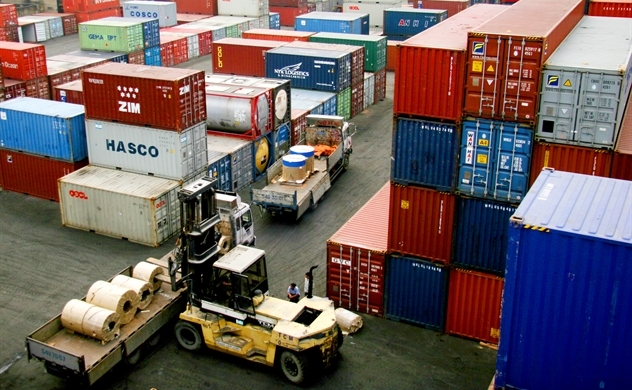
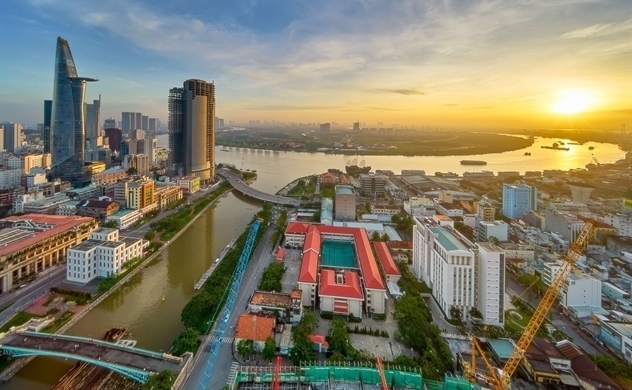
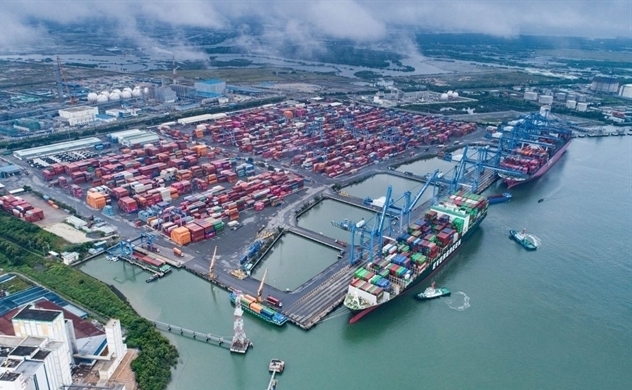
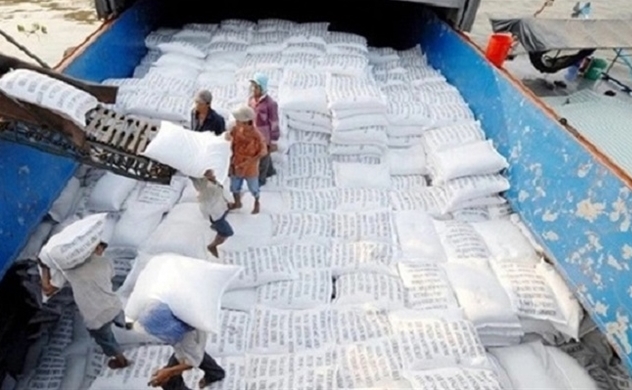
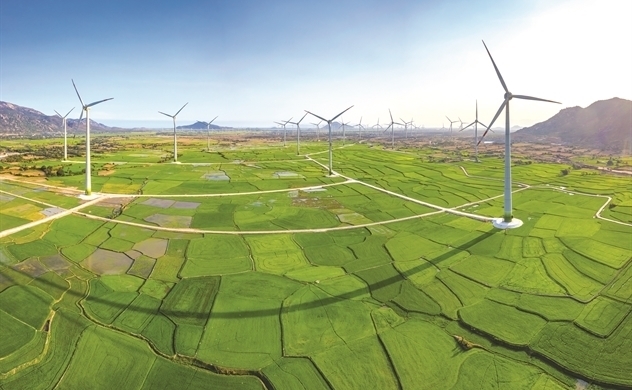

_291615658.jpg)

